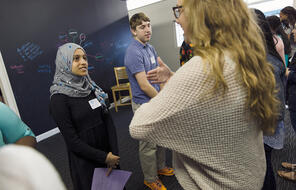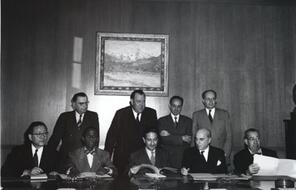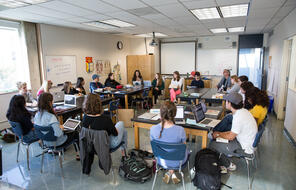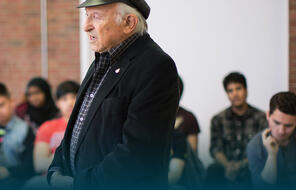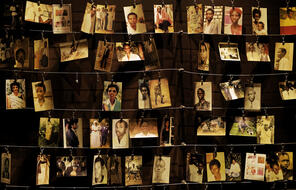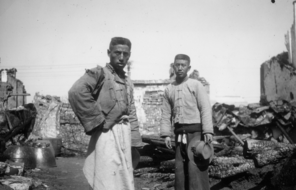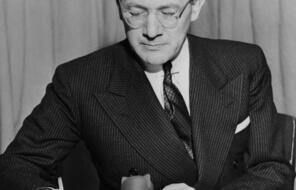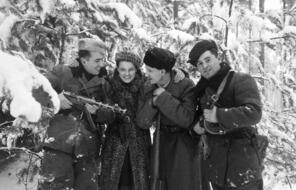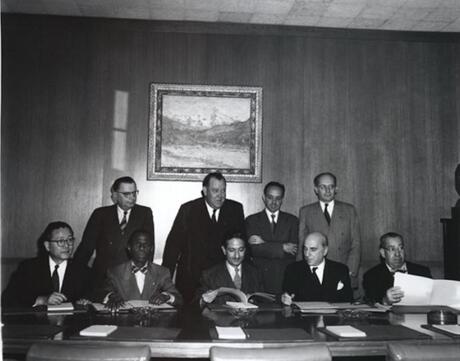
Exploring Raphael Lemkin's Actions: The Invention of the Word "Genocide"
Duration
One 50-min class periodSubject
- History
- Social Studies
Grade
9–12Language
English — USPublished
Overview
About This Lesson
This lesson focuses on how Lemkin turned his moral outrage into action. Upon learning about the trial of Tehlirian, Lemkin became educated about international law. Following Lemkin's path, students will explore the concept of sovereignty that made it difficult to prosecute perpetrators of genocide. Lemkin was also frustrated by the fact that people, including politicians such as Winston Churchill, did not have sufficient language to represent horrible crimes against humanity and civilization. Indeed, Churchill referred to Nazi atrocities as a "crime without a name." Lemkin took it upon himself to invent a new word-genocide-to represent acts committed with the intent to destroy a group of people.
In this lesson, students will begin to understand Lemkin's notion of what genocide is, as they also consider their own definitions of crimes against humanity and civilization.
Preparing to Teach
Lesson Plan
Activity 1
Assessment
Materials and Downloads
Exploring Raphael Lemkin's Actions: The Invention of the Word "Genocide"
Identifying Raphael Lemkin's Outrage
Continuing Lemkin's Legacy: What Can We Do to Prevent and Stop Genocide?
Unlimited Access to Learning. More Added Every Month.
Facing History & Ourselves is designed for educators who want to help students explore identity, think critically, grow emotionally, act ethically, and participate in civic life. It’s hard work, so we’ve developed some go-to professional learning opportunities to help you along the way.
Exploring ELA Text Selection with Julia Torres
On-Demand

Working for Justice, Equity and Civic Agency in Our Schools: A Conversation with Clint Smith
On-Demand
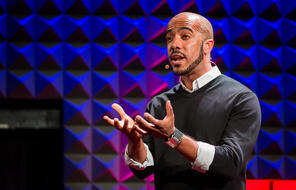
Centering Student Voices to Build Community and Agency
On-Demand


